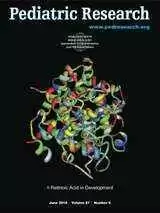Celiac.com 06/28/2004 - This study, although small, indicates that there may be additional damage to the second part of the duodenum caused by celiac disease, and that this can also be used for a marker for diagnosing the disease:
Celiac.com Sponsor (A12):








Recommended Comments
There are no comments to display.